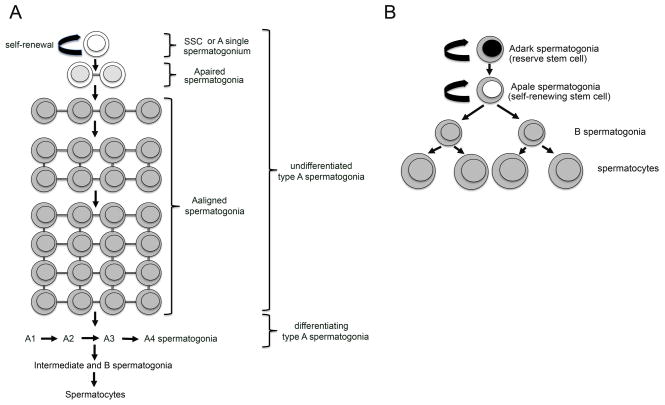Figure 1. Schematic representation of the first steps of spermatogenesis in rodents and human.
A: In rodents, the SSCs (or Asingle spermatogonia) are the only self-renewing spermatogonia. They can divide to produce 2 Apaired spermatogonia linked by a cytoplasmic bridge (incomplete cytokinesis). Germ cell number increases by clonal expansion of Aaligned spermatogonia that produce expanding chains of cells. Aaligned spermatogonia further divide into A1 to A4 differentiating spermatogonia. In turn, intermediate and B spermatogonia are produced that will differentiate into spermatocytes.
B: In the human, it is generally believed that 2 types of stem cells are present, the Adark spermatogonia (reserve stem cell) and the Apale spermatogonia (self-renewing stem cell). Apale divide into type B spermatogonia that divide into spermatocytes.

